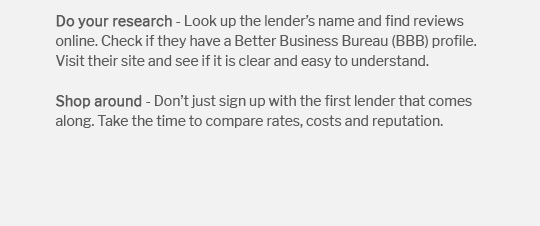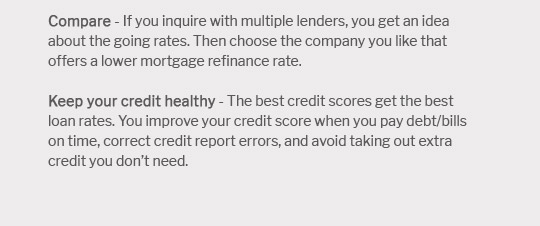 |
|||
 |
 |
 |
||
|---|---|---|
 |
||
 |
||
 |
||
 |
||
 |
||
 |
||
 |
 |
 |
 |
Understanding 10 Year Mortgage Rates: A Comprehensive GuideWhen considering a mortgage, many homeowners focus on the duration that best suits their financial goals. Among the various options available, the 10 year mortgage stands out for its unique advantages and considerations. This article delves into the details of 10 year mortgage rates, offering insights into how they work, their benefits, and potential drawbacks. What Are 10 Year Mortgage Rates?10 year mortgage rates are interest rates applied to a mortgage loan with a repayment term of ten years. These rates can be either fixed or variable, but fixed rates are more common for such a short term. The primary appeal of a 10 year mortgage is the ability to pay off the home quickly, often resulting in significant interest savings over the life of the loan. Benefits of Choosing a 10 Year MortgageInterest SavingsInterest savings is one of the most compelling reasons to opt for a 10 year mortgage. Since the loan term is shorter, lenders usually offer lower interest rates compared to 30 year mortgages. This can result in substantial savings. Faster Home OwnershipBy choosing a 10 year mortgage, homeowners can achieve full ownership of their property much sooner. This not only provides peace of mind but also increases financial flexibility for future investments.
Drawbacks to ConsiderHigher Monthly PaymentsThe primary disadvantage of a 10 year mortgage is the significantly higher monthly payment. Homeowners need to ensure they can comfortably afford this increase in their budget. Less FlexibilityWith a shorter loan term, there is less flexibility in terms of adjusting to financial hardships. It's crucial to have a stable income and financial plan before committing. For those looking to explore other competitive options, consider checking the top 10 remortgage rates available in the market. Comparing 10 Year Mortgages to Other OptionsIt's helpful to compare 10 year mortgage rates with other terms, such as 15 or 30 year mortgages, to determine which aligns best with your financial strategy. 15 Year vs. 10 Year MortgagesWhile both options offer faster home ownership than a 30 year mortgage, a 15 year term provides a middle ground with slightly lower payments but higher interest costs compared to a 10 year term. Exploring 5 Percent MortgagesFor those who might find the payments of a 10 year mortgage too steep, exploring the best 5 percent mortgages could be beneficial, offering more manageable monthly payments with competitive rates. FAQ Section
https://www.fanniemae.com/research-and-insights/publications/housing-insights/rate-30-year-mortgage
When mortgage rates hit their cycle-high of 7.8 percent in October 2023, the rate on the 10-year Treasury note had risen to a monthly average of ... https://www.citizensbank.com/loans/home-mortgage.aspx
30-Year Fixed Rate ; Rate: 6.750% ; APR: 6.827% ; Points: .25 ; Estimated Monthly Payment: $1,945.79. https://fred.stlouisfed.org/categories/114
30-Year Fixed Rate Mortgage Average in the United States. Percent, Weekly ...
|
|---|